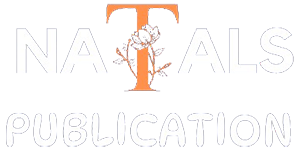Description
Due to the quick development of technology, computer systems are now a necessary component of contemporary life. Two core fields of computer science—operating systems and database management systems—are at the core of these systems. The goal of this book is to give a detailed overview of these important subjects, covering both the theoretical underpinnings and real-world applications.
Acting as a conduit between users and computers, operating systems control a computer’s hardware resources. In order to guarantee effectiveness, dependability, and security, they regulate devices, memory, file systems, and processes. Since distributed computing, mobile systems, and cloud-based infrastructures have grown in popularity, the principles underlying operating system architecture are more important than ever in the modern world.
At the core of data-centric computing are database management systems (DBMS). For the consistent and secure storage, retrieval, and manipulation of massive amounts of data, they offer organized methods. Given the rapid expansion of data and the rise of Big Data and NoSQL technologies, it is imperative that professionals and students alike have a thorough understanding of database design, normalization, indexing, and query processing.
A balance between fundamental theory and real-world applications is what this book seeks to achieve. With exercises, case studies, and real-world examples to support learning, it is organized to lead the reader from fundamental ideas to more complex subjects. This book’s primary goals are:
- To connect theory to practical situations by offering case studies and practical examples.
- To describe the fundamental ideas and design of database management and operating systems.
- To provide examples of crucial algorithms and methods for file systems, database transactions, memory management, and process management.







Reviews
There are no reviews yet.